An Abdominal Injury
Patients who have suffered accidental injuries are
usually seen in the emergency room of a hospital. The
presence of
broken bones, skin injuries and injuries to
the rib cage are usually obvious or immediately diagnosable
by X ray. Injuries to the head and the abdomen are
more difficult to evaluate. The latter are evaluated by
direct examination and feel. Usually, if the abdominally
injured patient can be brought to the hospital alive and
alert, it is possible to save him. The patient who is dead
on arrival probably never stood a chance. Massive bleeding
usually occurs from the
solid organs, like the liver
and spleen, and bacterial peritonitis from the intestinal
tract; both areas can be injured by the same incident.
Why do you ask in such detail about how it happened?
Sometimes information about the patient's position,
what he was doing, and the direction of the injuring force
offers clues as to what may be happening inside. For
example, a child who hits the left side of his chest
against a tree while sleigh riding down a hill injures the
spleen. The same child hit on the right side in front
may have injured the liver. This information helps in the
diagnostic evaluation.
Why do you advise that an immediate opening be made
in the windpipe?
This is called a tracheotomy. If the patient is unconscious,
doesn't breathe well, and the secretions in the
injured chest are blocking his breathing tubes, a tracheotomy
will enable the doctor to suck all the "junk" out of
his lungs through a tube, thereby improving his breathing.
The doctor will also be able to attach the patient's lungs
to a machine that will breathe for him. This operation can
be done in a few minutes, in bed, under local anesthesia.
While the tube is in, the patient won't be able to talk unless he closes off the air opening with his fingers. This
effect is only temporary. As soon as the tube is removed,
he'll talk and breathe as before.
What are you examining the patient for?
We are trying to determine whether there is an intraabdominal
injury. These injuries are often of two kinds:
The patient could be bleeding internally or he could
have ruptured the intestine.
How can you tell if there is bleeding inside?
We suspect hemorrhaging by noting a certain abdominal
distention and feeling of abdominal tenderness. The
blood count can show anemia. If the patient has a rapid
pulse, is hungry for air, and his condition has become
worse in the last half hour, he may require a blood transfusion.
Since he is not bleeding significantly on the outside,
one usually assumes that he's bleeding within the
abdomen.
How can you tell if the intestine is ruptured?
The abdomen will show signs of severe peritonitis and
will have the same feel as a ruptured ulcer or a ruptured
appendix. From the examination alone, it is not possible
to say what has ruptured but only that something has
been torn open.
Why do you want kidney X rays?
This is the only certain way of knowing whether the
kidney or bladder has been affected.
What does the broken spine have to do with it?
When the spine is fractured, a great deal of blood accumulates
about the injured area, affecting the abdomen
and causing virtually the same symptoms as an injury of
the intra abdominal soft parts. If this is so, it is not necessary to suspect an intra abdominal injury. It is
sometimes not possible to differentiate between the two
injuries.
What do you mean by an "abdominal tap"?
The skin is punctured and a flexible piece of thin
plastic tubing inserted into the abdominal cavity. The
tubing is wiggled around in the
abdominal cavity to
detect the presence of abnormal fluid. If blood or intestinal
contents are withdrawn, it confirms the fact that,
no matter what other injuries one may have elsewhere
in the body, there is an injury to the abdominal contents.
What do you mean that it's better to "have a look see"?
Sometimes the findings are so indefinite, the examination
and X rays so inconclusive, and the other injuries
so severe that the only way to be sure about the abdomen
is to operate. In this way the surgeon can see what has
been injured and take care of it at the same time.
When do you advise surgery?
If it is suspected that the patient is actively bleeding
in the
abdomen, surgery takes precedence over almost
everything else except simultaneously improving the
breathing pathway. Otherwise the transfusion replacement
of blood may not be equal to the amount of blood
lost and the patient may bleed to death. Surgery to prevent
this must be done as soon as possible. If there is a
rupture without bleeding, the operation can be delayed
four to six hours to put the patient in better condition.
Basic Abdominal Trauma Care
Is it necessary to remove the bullet which shot him?
That is far less important than the injury that the bullet
caused. It would be completely satisfactory to leave the
bullet where it is, at least for the time being, if it has
caused no damage.
What are the chances of recovery?
One cannot say in advance, and it is also a question of
how serious the injuries in other parts of the body are. If
it is possible to stop all the bleeding and repair all the
injured intestine and solid organs in the abdomen, then
present methods of preventing infection and of treating
the general condition (supporting the breathing and circulation)
allow a higher percentage of salvage than has
been possible in the past.

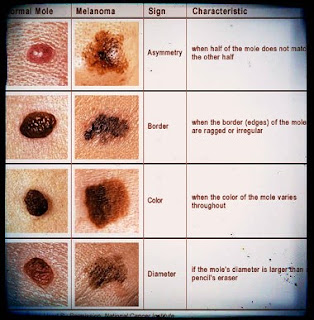
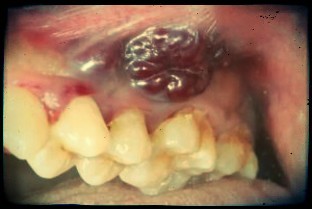
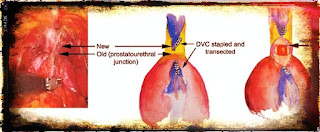
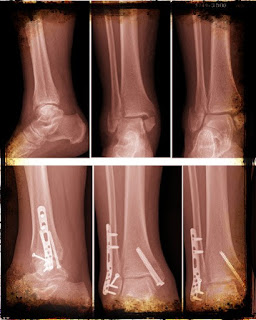
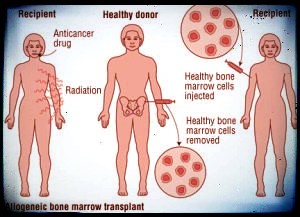

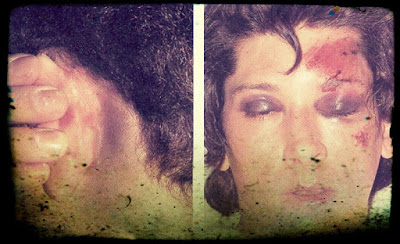
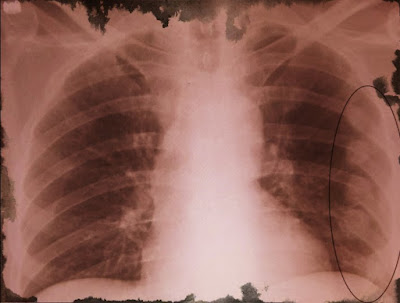


Comments
Post a Comment